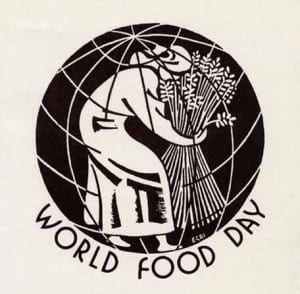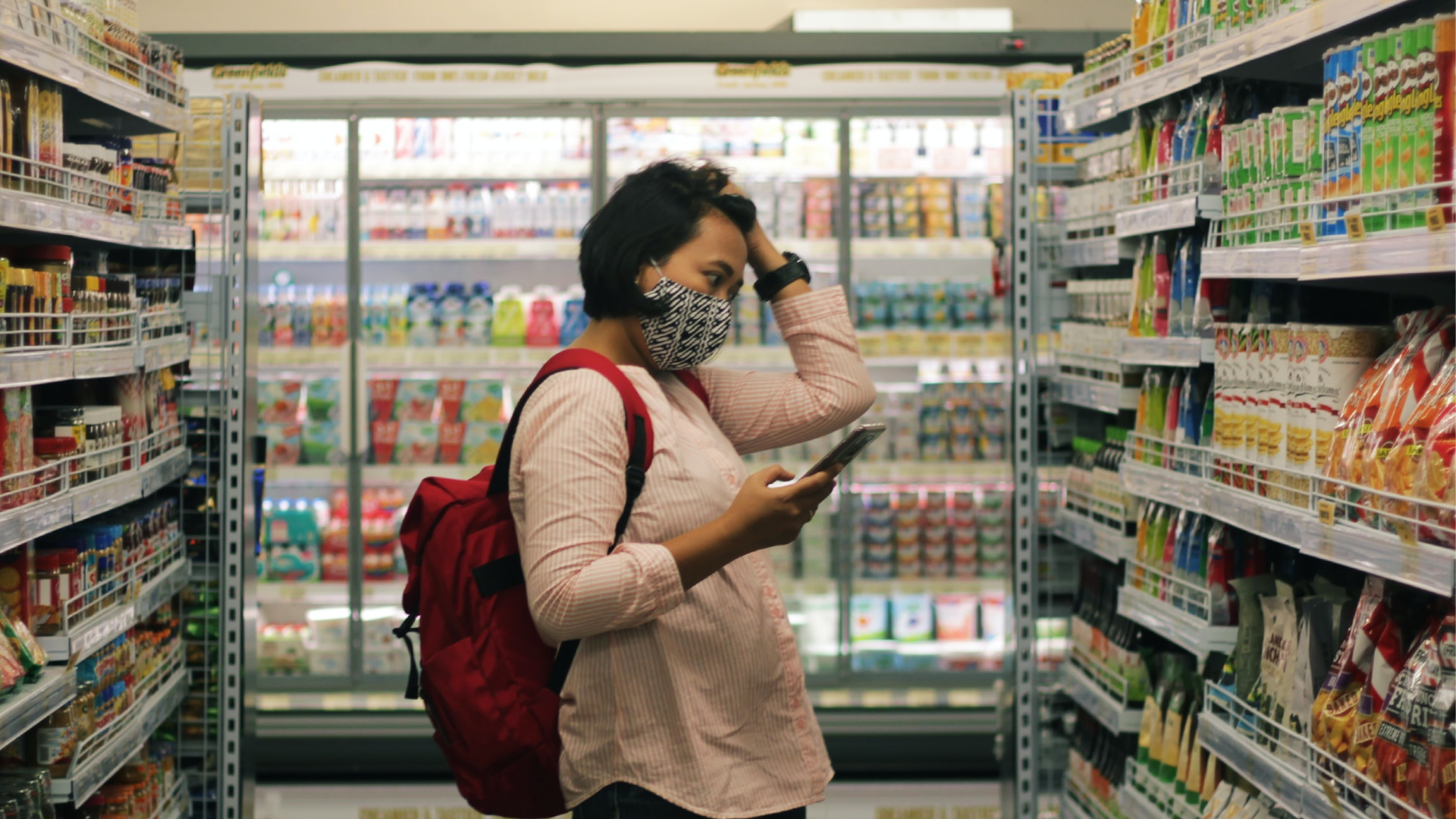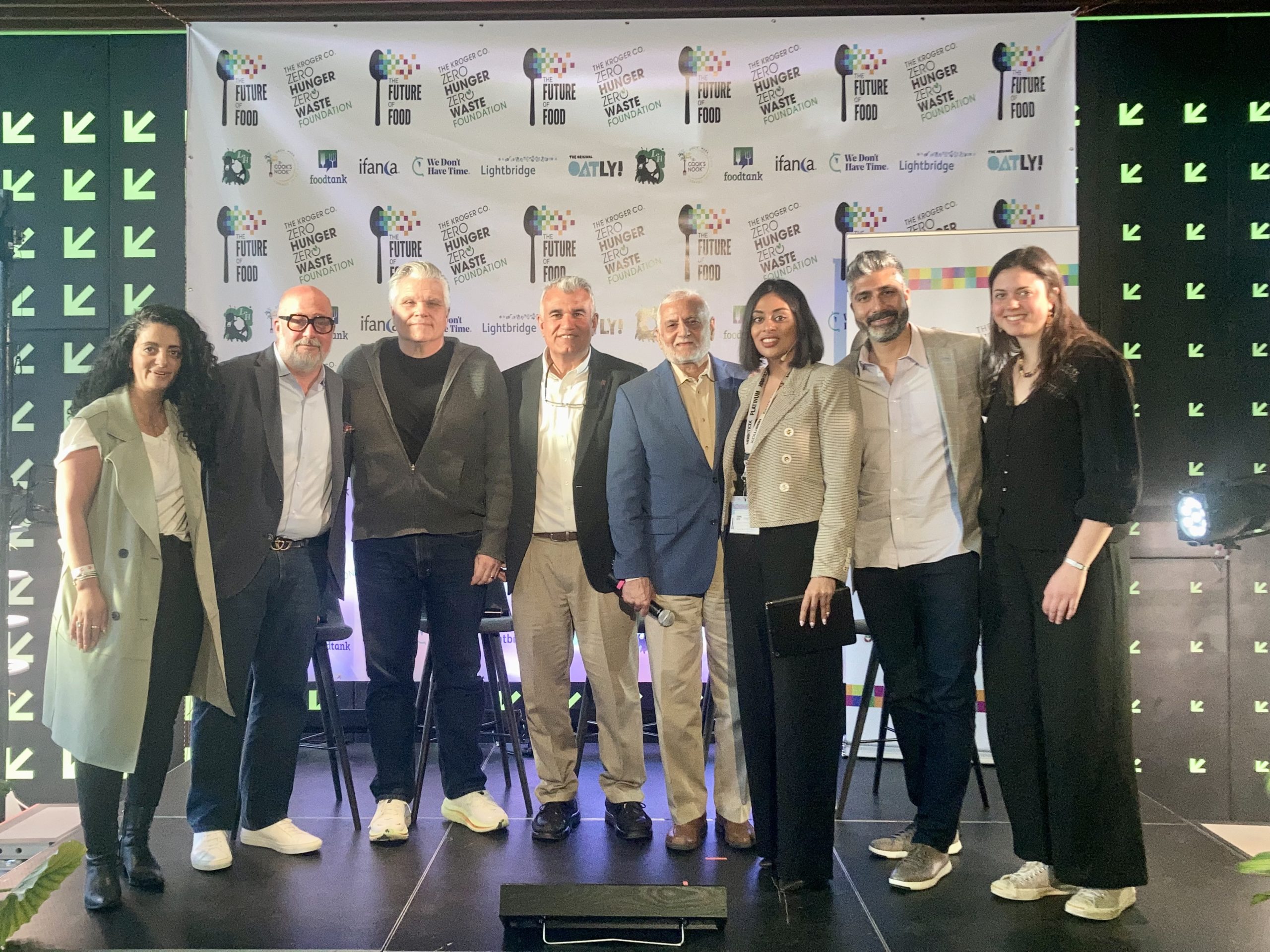 The food industry has always been driven to out-innovate, out-sell, and out-perform all of its competitors. These core drivers underpin not only what they make and market but also how they operate as a business. The concept is rather simple and it has worked incredibly well for decades where free enterprise reigns.
The food industry has always been driven to out-innovate, out-sell, and out-perform all of its competitors. These core drivers underpin not only what they make and market but also how they operate as a business. The concept is rather simple and it has worked incredibly well for decades where free enterprise reigns.
But, lately free enterprise is being buffeted by challenges of growing magnitude. Groups pushing for more humane treatment of animals used in our food supply are driving the food industry to form strange bedfellows with activists as partners. And, in recent news, there have been calls for activists to join boards of directors to serve as change-agents.
Concerns about additives, chemicals and unfamiliar processes used to grow and make our food are pressuring corporations to be more explicit and open about sharing the inner workings of food production. The ‘right to know’ movement in California is a clear indication that what we do and how we do it is the consumers’ purview….whether industry likes it or not.
While these forces pushing industry are strong and unsettling to manufacturers and marketers accustomed to controlling and managing information, I believe they are only the tip of the iceberg. This is pent up demand for information being propelled by social media as we first unearthed in our Food 2020: Consumer As CEO research at Ketchum in 2008. The genie is out of the bottle. Technologies now allow consumers to unite, congregate, pressure and alter the actions of the food industry in the span of mere hours, not months or decades.
I constantly hear concerns from highly regarded industry executives lamenting that the more we share and the more they know, the more consumers are confused and concerned. I would offer that this is not a product of too much information; It is a product of information being parceled in bits and bytes by a multitude of sources.
For example, picture a parent searching for information about hormone levels in food. It’s likely that the first thing she does is Google the topic, but she will rarely find information disseminated by the food industry answering her questions. Instead, she probably will find information from industry activists, peer-to-peer and blog posts. How does the industry expect her to obtain facts from them without more transparency?
What’s even worse is when information is suddenly disclosed by investigative media, the result is far more damaging. To be suddenly hit with revelations about food production or that an ingredient is sourced only from China creates a ‘gotcha’ moment. In my view, it’s the gaps in information and resulting gotcha moments and not the information itself that creates distrust.
On the other hand, it has been demonstrated over and over to me that when consumers are given the ability to see and know what manufacturers, producers and ranchers consider part and parcel of their daily world, they always walk away comforted and relieved by what they’ve learned.
The information gap has in, and of itself created a serious gap between what we say and what we do. The gap is a breeding ground of distrust that only evolves to concern over time.
It’s time we work to mind this gap. Activists have smartly realized they can assemble the general public to act on their growing concerns and demand access to information. Industry leaders have an opportunity to bridge the gap now and neutralize gotcha moments by taking away the one stick activists have in their arsenal…the lack of access to information.
As a food industry, our brand is tarnished. We have allowed mistrust to breed. And, we have used marketing weapons against each other only to drive consumer concerns higher in general. To be the brand we say we are …The World’s Safest and Most Trusted Food Supply…we have to start doing what it takes to act in ways that foster credibility and trust in those words. Putting marketing aside, we need to come to some basic agreements that there are actions as a community of food suppliers that are needed today and heading into the future to right this ship or ultimately risk myriad regulation diminishing control over our ability to operate and market freely.
With the recent passing of World Food Day on October 16th, I urge the industry to continue to seek common ground where all can agree to disagree and, together, focus on what is important for all of us as human beings and stakeholders in this food supply chain. A key action item for these alliances will be to aggressively work with the general public to frame guidelines for transparency to ensure that what people want to know is available, accessible and unfiltered. To be clear, consumers have little desire for proprietary intelligence. This is much more basic information that, to date, has not been aggregated or open to the public.
Together we can and need to work to actually define what we mean by transparency. We know that at the core this means being more open about how food is made, produced and promoted. We also how hard it can be for consumers to find easy to understand information from the industry. And when they can’t find the information in language they understand, they assume the industry is hiding something from them.
Achieving a more transparent food production system will need to include government, NGOs, all walks of civil society and all players in the food chain. It sounds daunting. But certainly technology that has united the public to press for reform in our food system can be used by the key players in the system to get on the same page for the greater good.



